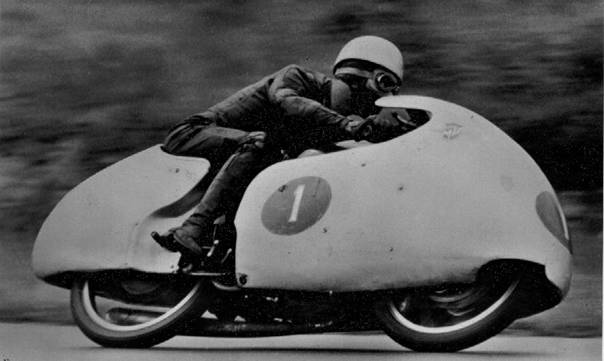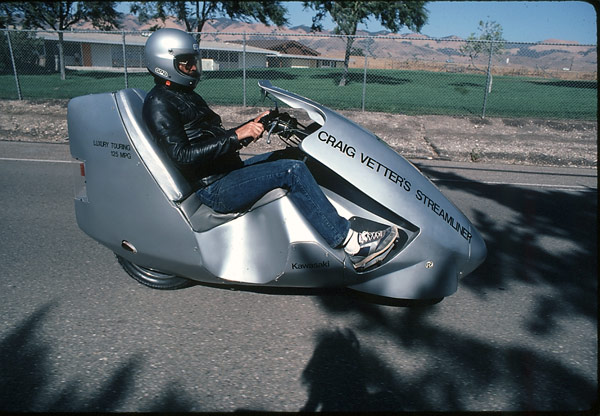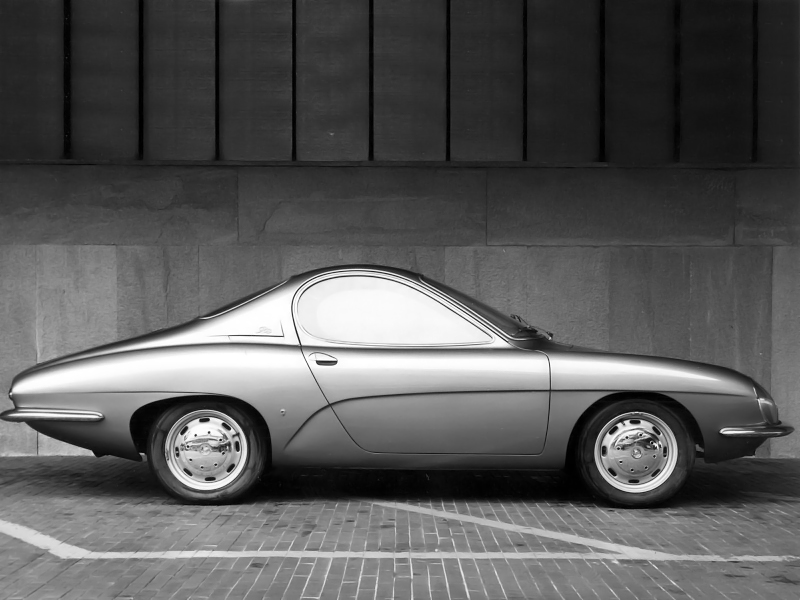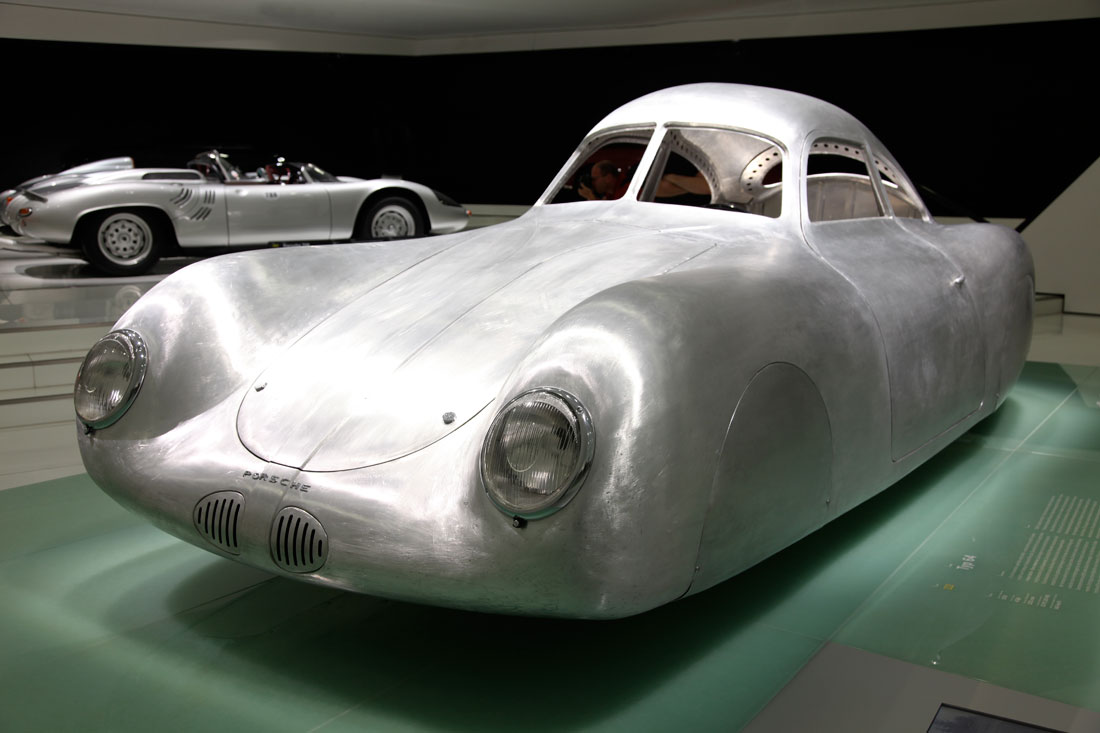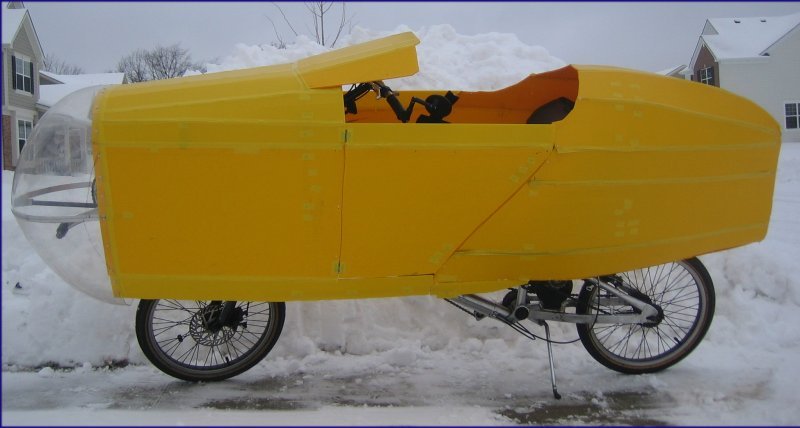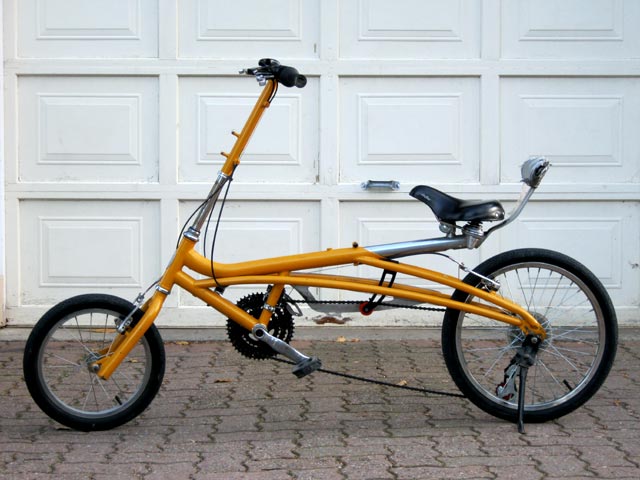Just curious how many of you have put any effort into aerodynamics with your setup and what were your results?
I notice when playing with the simulator there's a big difference in range at a particular speed depending on the rider position. For example to go 60kph on a mountain bike with the parameters I used the simulator predicts 2320 watts. Changing to a race bike tuck at a similar speed reduces the power consumption to 1658 watts , semi recumbent 1410 watts, full recumbent just 985 watts! That's a huge difference in power requirements. The full recumbent can go 60kph using almost 58% less power than the upright mountain bike.
I haven't noticed a whole lot of discussion on aerodynamics here. The velomobile and low recumbents obviously are the most aerodynamically advantageous but probably not practical to use in areas with much traffic due to the low visibility. As a compromise riding drop bars, aero bars, or any recumbent which has a seating position higher off the ground would probably be more ideal.
I notice when playing with the simulator there's a big difference in range at a particular speed depending on the rider position. For example to go 60kph on a mountain bike with the parameters I used the simulator predicts 2320 watts. Changing to a race bike tuck at a similar speed reduces the power consumption to 1658 watts , semi recumbent 1410 watts, full recumbent just 985 watts! That's a huge difference in power requirements. The full recumbent can go 60kph using almost 58% less power than the upright mountain bike.
I haven't noticed a whole lot of discussion on aerodynamics here. The velomobile and low recumbents obviously are the most aerodynamically advantageous but probably not practical to use in areas with much traffic due to the low visibility. As a compromise riding drop bars, aero bars, or any recumbent which has a seating position higher off the ground would probably be more ideal.


